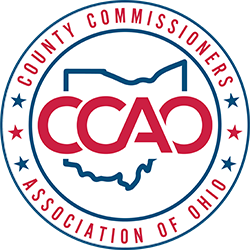State Advocacy
It is essential that members of the Legislature and Administration understand the impact of policy decisions made in Columbus. CCAO engages with policy makers, the media, stakeholders, various community organizations, and the public about county government and the effect proposed legislation would have on counties.
CCAO Budget Priorities Card
CCAO has produced our Budget Priorities pocket card the policy team will use for legislative budget meetings. The pocket card contains the Association's budget priorities but is not an exhaustive list of items that the Association will advocate for inclusion in the operating budget
County Advocacy Toolkit
The Toolkit is the product of work with the CCAO Legislative Advocacy Task Force and is intended to serve as a helpful touchpoint as CCAO members advocate on behalf of their county and the Association with state leaders.
County Activity on Policy Issues
The CCAO and member counties are active at the General Assembly to help educate the legislature on how bills could affect counties and to provide a first-hand prospective on issues pertaining to county government. The link below will take you to an archive of testimony offered by both CCAO staff members and county commissioners (both on behalf of the Association and on behalf of their individual counties) on a variety of bills during the 135th General Assembly.
Legislative Platform
The CCAO Legislative Platform is the Association's comprehensive legislative advocacy document, guiding Association staff on advocacy issues. Read it here!







